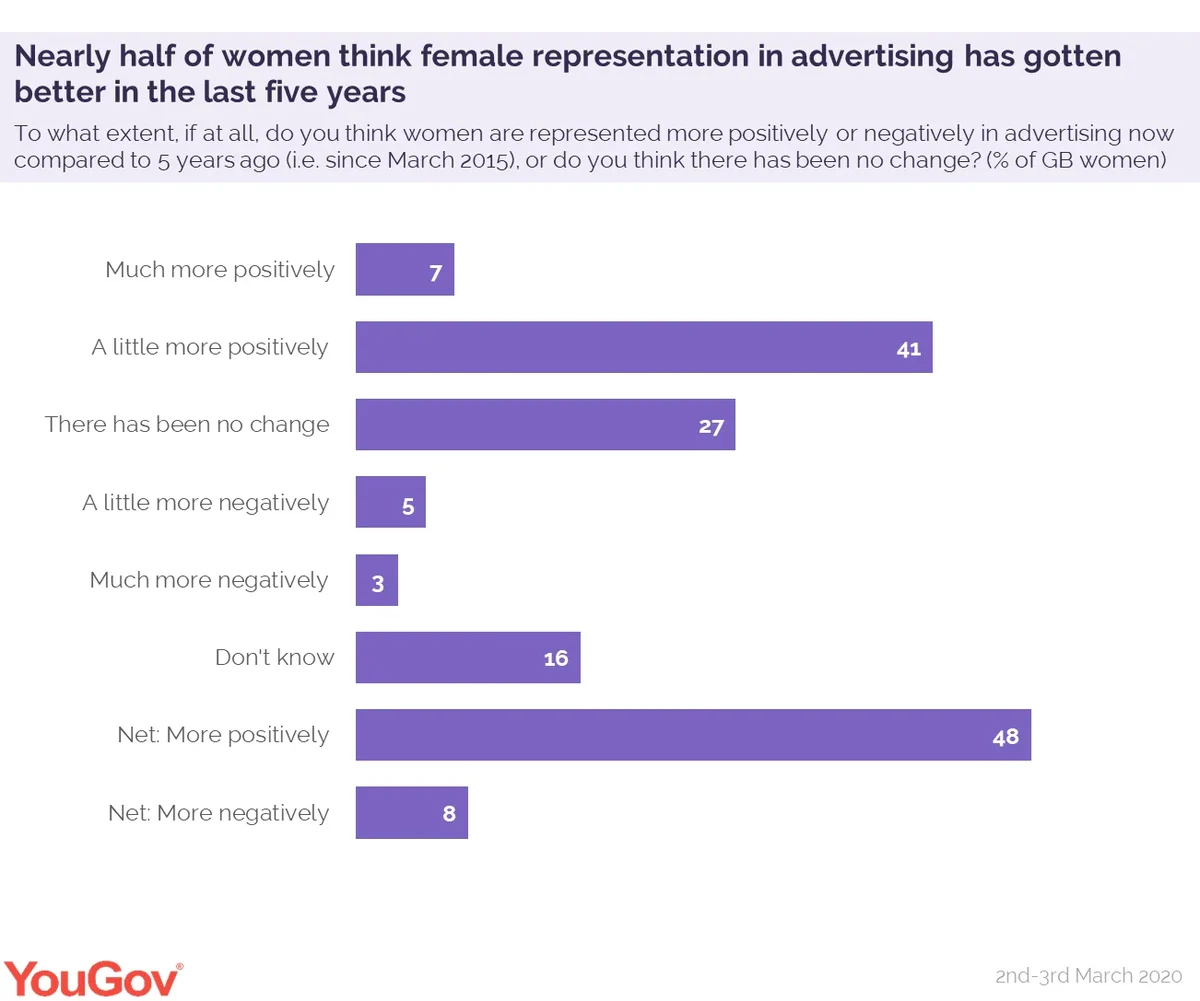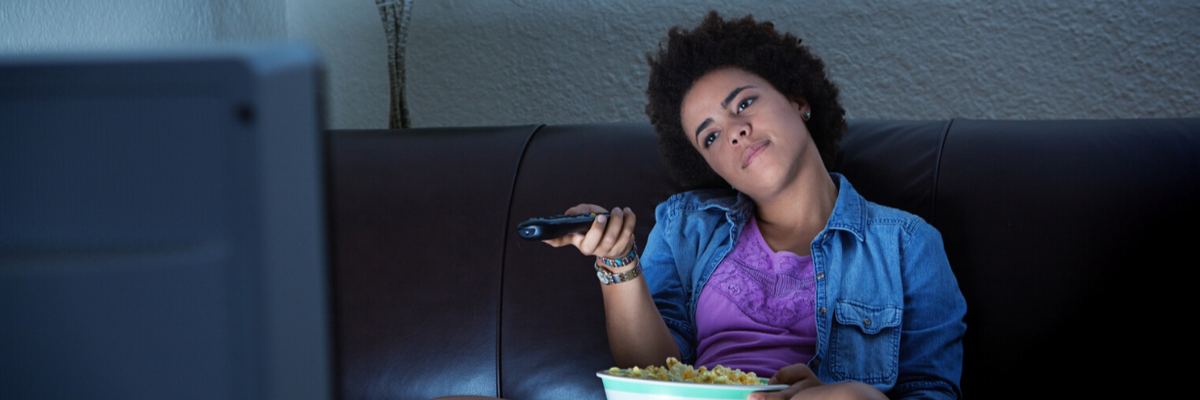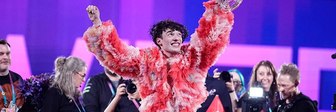Just under four in ten (36) females also think objectification has decreased – but 48% think it’s unchanged, or worse
In 2015 a brand launched an ad for weight loss supplements featuring a bikini-clad woman looking intensely at the camera. The caption was: “Are you beach body ready?” The campaign, which was accused of promoting an unhealthy female body image, caused some controversy and the ad was eventually banned by Transport for London. Five years later – and with International Women’s Day approaching – have things improved?
New YouGov research suggests that half of women (48%) think female representation in advertising has become more positive over the past five years, compared with only 8% who say it has gotten worse. But this isn’t necessarily the full story.

For one thing, only 7% say the representation of women in advertising has become much more positive – with 41% saying it’s become only a little more positive – and over a quarter (27%) have noticed no change whatsoever.
If brands are making an effort to portray women more positively, it may not be cutting through – and it may be worth making a conscious effort to think about the roles women play in advertisements. Unconscious biases can make it easy to not notice when a female character is, for example, placed into a domestic role by default. The UK’s Advertising Standards Authority recently introduced a ban on “harmful gender stereotypes”, but many portrayals may fall outside the scope of these rules.
Beyond the stereotype of a mum doing the hoovering or the school run, over a third of women (36%) think ads have objectified them less over the past five years, but nearly half (48%) think ads have been objectifying them to either the same extent or greater. Only 7% think ads have objectified them much less than before.
British women claim to have noticed an uptick in representation of females from ethnic minority backgrounds in advertising: nearly two-thirds (65%) say they’ve noticed an increase over the past five years, with only 3% saying they’ve seen less representation. Again, though, most respondents who said they’d noticed this increase suggested it was more incremental than major, with 42% saying they’d seen “a little more” representation, versus 22% saying they’d seen “much more”.
Overall, our data suggests that many women are noticing an improvement in female representation. But it also suggests that, if brands want to move away from common stereotypes and promote a more positive image of women, they still have work to do.






